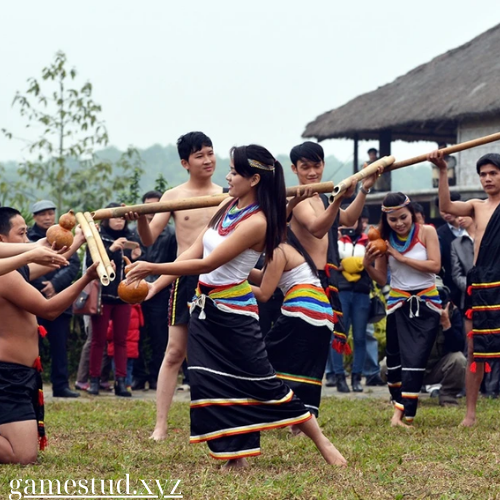Cultural Festivals
Heritage Festivals: Celebrate Cultural Heritage and Traditions with These Events
Carnival in Brazil is a colorful, energetic celebration rooted in Afro-Brazilian traditions and Portuguese colonial customs. Rio de Janeiro’s Carnival is world-famous, showcasing samba parades, elaborate costumes, and street parties that attract millions of visitors each year. The festival serves as both a celebration of Brazilian culture and a significant cultural event with deep historical roots.
d. Chinese New Year – China and Global Communities
Chinese New Year, also known as Lunar New Year, is a massive celebration in China and across Chinese communities worldwide. The festival features traditional lion dances, dragon parades, fireworks, and family feasts. Each year is marked by a zodiac animal, and the festival is steeped in customs meant to bring luck, health, and prosperity for the year ahead.
e. Edinburgh Festival Fringe – Scotland
Edinburgh Festival Fringe is the largest arts festival in the world and includes performances that showcase Scotland’s rich cultural heritage. From traditional bagpipe music to modern interpretations of Gaelic storytelling, the festival celebrates a wide range of art forms. It’s a vibrant display of Scottish history, language, and traditions intertwined with contemporary culture.
f. Holi – India and Nepal
Holi, the Festival of Colors, is an ancient Hindu celebration marking the arrival of spring. During Holi, people gather to throw colorful powders at one another in a joyous display of unity. The festival also involves singing, dancing, and sharing food. It’s a vibrant and cheerful celebration that emphasizes renewal, forgiveness, and community.
g. Day of the Dead – Mexico
Día de los Muertos, or Day of the Dead, is a Mexican festival that honors deceased loved ones with altars, offerings, and colorful parades. The festival blends indigenous traditions with Catholic influences and features skull face painting, marigold flowers, and sugar skulls. Celebrants remember and honor the dead in a spirit of festivity, with music, dance, and food playing a central role.
4. How to Get the Most Out of a Heritage Festival
To fully immerse yourself in the experience of a heritage festival, consider these tips:
a. Do Your Research
Before attending, take the time to learn about the cultural significance of the festival. Understanding the history, customs, and values behind the celebration will deepen your appreciation for the event and help you engage more meaningfully with the activities.
b. Participate in Festival Traditions
Whether it’s trying your hand at a traditional craft, joining in a folk dance, or sampling local cuisine, be sure to take part in the festival’s activities. These hands-on experiences allow you to engage directly with the culture being celebrated.
c. Respect Local Customs
When attending a heritage festival, it’s essential to be mindful of the local customs and traditions. Some festivals may have specific etiquette regarding dress, behavior, or participation in rituals. Always approach with respect and ask locals if you’re unsure about what’s appropriate.
d. Take Time to Explore
In addition to the festival itself, many heritage celebrations take place in culturally rich regions. Take the opportunity to explore the local area, visit museums, historical sites, or traditional markets to gain a deeper understanding of the culture.
Final Thoughts
Heritage festivals are a celebration of identity, history, and cultural richness. By attending these events, you not only get to enjoy lively entertainment, delicious food, and beautiful craftsmanship but also contribute to the preservation of valuable traditions. Whether you’re drawn to the vibrant colors of Holi or the reflective beauty of the Day of the Dead, these festivals are an invitation to celebrate humanity’s shared heritage and embrace the diversity that makes our world so unique.

